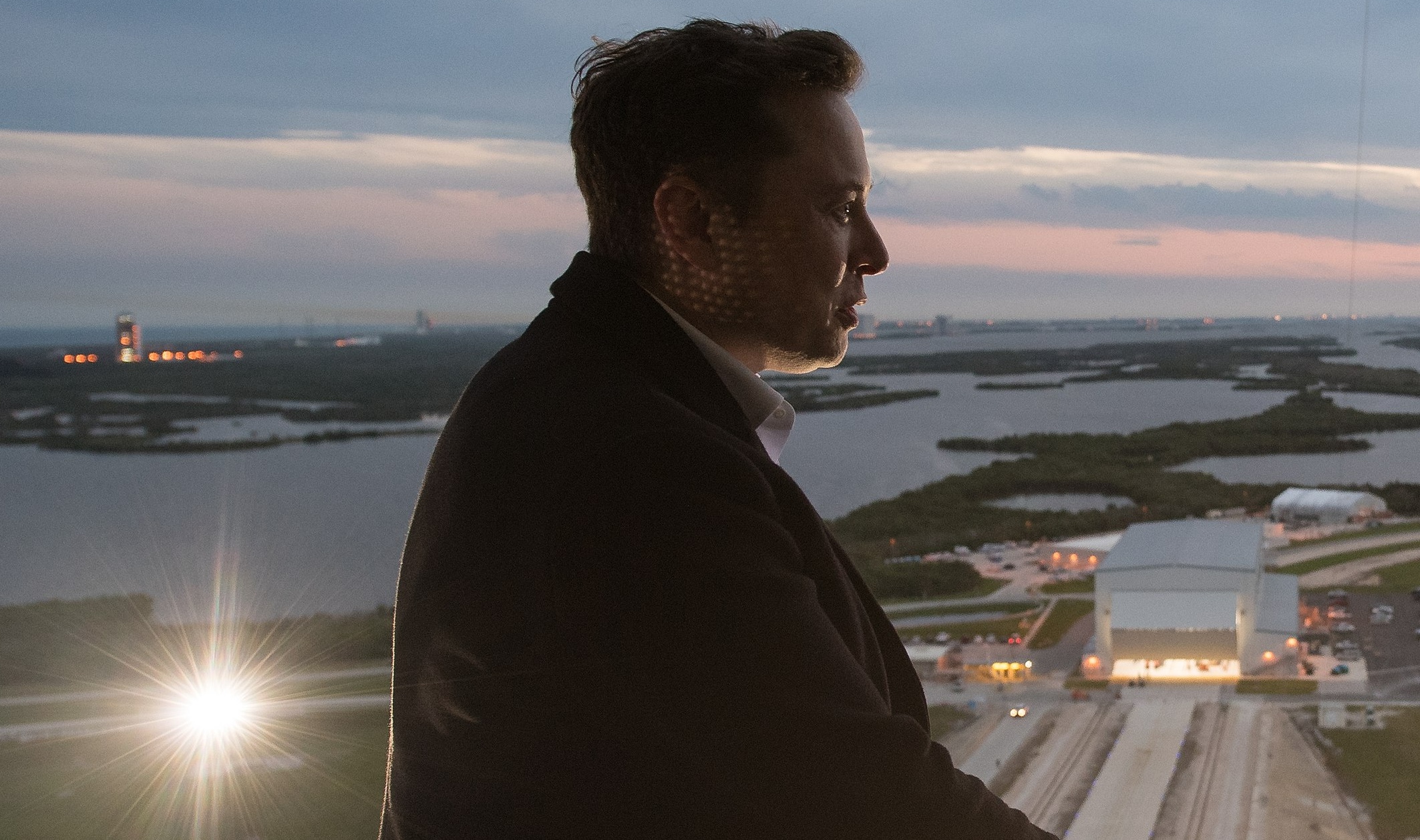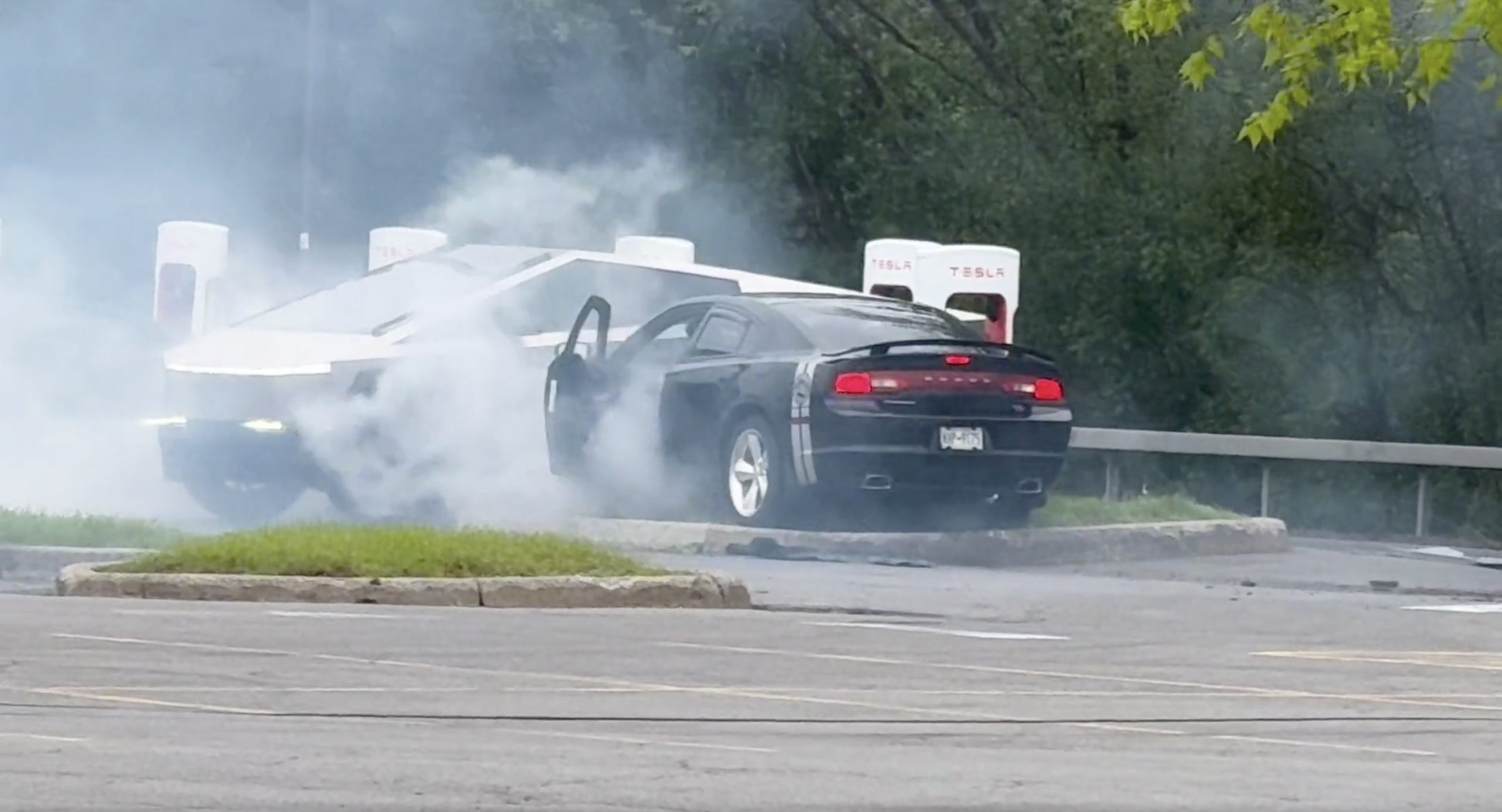

Lifestyle
Anti-drone defense in focus as airport endangerment episodes rise
In the wake of the drone sightings at London’s Gatwick Airport, an incident which grounded and delayed planes for 32 hours during the Christmas travel rush this past December, the issue of anti-drone defense is receiving serious attention from regulators. Recent studies on the issue are showing the loopholes – according to a recent UK Airprox Board (UKAB) report, around 120 near misses between drones and aircraft were reported across the UK in the last year alone. In the US, the Federal Aviation Administration (FAA) receives over 100 reports every month of unauthorized drone activity around aircraft. While the future of drone tech has exciting possibilities, the security response will clearly need to grow with it, and the US and UK governments are stepping up their roles in the issue as commercial products expand their solutions.
The United Kingdom’s parliamentary leadership has recently called on all airports to make greater efforts in securing their facilities from the unauthorized small craft flights, specifically by investing in technology that will identify their presence and remedy it immediately. In response, military-grade anti-drone equipment has already been installed at several airports across the country. In the U.S., a pilot program has been launched by the FAA in collaboration with NASA to determine ways to integrate drones (or more broadly Unmanned Aerial Systems (UAS)) with current airspace traffic. Additionally, proposals will be coming soon for more drone rules that balance security concerns with innovation.
Unauthorized flights by hobbyists in airport spaces, potentially including those with bad intentions in the future, are a serious security risk, even deceptively so given the size difference between passenger aircraft and the typical commercial drone. Cockpit collisions and engine damage could have catastrophic results, something seen in aviation over the years with birds (see: “miracle on the Hudson”). In the wider realm, considering the growing capabilities of drones to carry larger payloads and have longer flight times, the potential security issues increase with the imagination – just about anything that could be a positive service for consumers could be modified into a nefarious one: illegal drug deliveries, spying, hacking, etc. Of course, drones falling onto unsuspecting heads below is also a serious concern.
- The Skywall 100 anti-drone device. | Credit: OpenWorks Engineering Ltd.
- The DroneGun Tactical, an anti-drone device. | Credit: DroneShield
- An overview of the Dedrone DroneTracker system. | Credit: Dedrone
Some of the anti-drone solutions already on the market to assist with the emerging security issues arising from this developing technology are as interesting as the drones themselves. One such tech, called “DroneGun Tactical“, looks like a military rifle and works by jamming the communication signals between drones and their pilots, immediately ceasing video transmission as well. It’s designed to keep drone payloads intact so sensitive cargo (i.e., explosives) can be safely controlled and origination information can be retrieved. A similar product called the “IXI Dronekiller” has a similar function. Another firearm-styled anti-drone tech called “SkyWall100” allows operators to physically capture offending drones and has been previously used for presidential-level security operations.
On the larger scale tracking front, one of the major companies in the anti-drone solution business is Dedrone Inc., a venture using AI-driven tracking software. Dedrone’s technology combines sensors and machine learning to detect, identify, and alert clients of all craft in designated airspace. The system can distinguish between drones, birds, planes, and other moving objects, including the specific drone models being flown, providing additional information for security teams to locate the craft’s origin and determine its threat level. Similar technology such as Fortem Technologies’ “SkyDome” also provides airspace-specific security coverage. Dedrone additionally provided a situational awareness report to 4 UK airports wherein 285 drones were detected in their respective areas over the course of about 5 months, the findings of which further underscored the problem at Gatwick last month.
For whatever reason, the threat warnings regarding drones from those in the security industry haven’t merited responses like the ones now being seen following the UK airport incidence and subsequent revelations. The UKAB report also revealed 18 previously unknown near-misses between drones and airliners last year in the country. Previous crashes – including an airliner-drone nose collision on a Boeing 747 Aeromexico flight, an Army helicopter-drone hit, a small passenger plane-drone strike and a helicopter crash landing after a drone evasion – over the last couple of years weren’t determined by the FAA to be results of “catastrophic” drone risks. Perhaps 1,000 grounded flights affecting 140,000 passengers created enough of a Twitter storm to garner the needed attention.
The embrace of drone technology across multiple industries has already begun. In search and rescue efforts, the crafts have been used to locate missing hikers and accident victims. Retail giants like Amazon are testing consumer deliveries via drone, and hospitals are looking into organ transportation to expand donor organ availability. As with all new technologies, there will be growing pains – remotely controlled hobbyist and professional devices taking to the skies unsurprisingly are no exception.
Elon Musk
X account with 184 followers inadvertently saves US space program amid Musk-Trump row
Needless to say, the X user has far more than 184 followers today after his level-headed feat.

An X user with 184 followers has become the unlikely hero of the United States’ space program by effectively de-escalating a row between SpaceX CEO Elon Musk and President Donald Trump on social media.
Needless to say, the X user has far more than 184 followers today after his level-headed feat.
A Near Fall
During Elon Musk and Donald Trump’s fallout last week, the U.S. President stated in a post on Truth Social that a good way for the United States government to save money would be to terminate subsidies and contracts from the CEO’s companies. Musk responded to Trump’s post by stating that SpaceX will start decommissioning its Dragon spacecraft immediately.
Musk’s comment was received with shock among the space community, partly because the U.S. space program is currently reliant on SpaceX to send supplies and astronauts to the International Space Station (ISS). Without Dragon, the United States will likely have to utilize Russia’s Soyuz for the same services—at a significantly higher price.
X User to the Rescue
It was evident among X users that Musk’s comments about Dragon being decommissioned were posted while emotions were high. It was then no surprise that an X account with 184 followers, @Fab25june, commented on Musk’s post, urging the CEO to rethink his decision. “This is a shame this back and forth. You are both better than this. Cool off and take a step back for a couple days,” the X user wrote in a reply.
Much to the social media platform’s surprise, Musk responded to the user. Even more surprising, the CEO stated that SpaceX would not be decommissioning Dragon after all. “Good advice. Ok, we won’t decommission Dragon,” Musk wrote in a post on X.
Not Planned, But Welcomed
The X user’s comment and Musk’s response were received extremely well by social media users, many of whom noted that @Fab25june’s X comment effectively saved the U.S. space program. In a follow-up comment, the X user, who has over 9,100 followers as of writing, stated that he did not really plan on being a mediator between Musk and Trump.
“Elon Musk replied to me. Somehow, I became the accidental peace broker between two billionaires. I didn’t plan this. I was just being me. Two great minds can do wonders. Sometimes, all it takes is a breather. Grateful for every like, DM, and new follow. Life’s weird. The internet’s weirder. Let’s ride. (Manifesting peace… and maybe a Model Y.)” the X user wrote.
Lifestyle
Tesla Cybertruck takes a bump from epic failing Dodge Charger
The Cybertruck seemed unharmed by the charging Charger.

There comes a time in a driver’s life when one is faced with one’s limitations. For the driver of a Dodge Charger, this time came when he lost control and crashed into a Tesla Cybertruck–an absolute epic fail.
A video of the rather unfortunate incident was shared on the r/TeslaLounge subreddit.
Charging Charger Fails
As could be seen in the video, which was posted on the subreddit by Model Y owner u/Hammer_of_something, a group of teens in a Dodge Charger decided to do some burnouts at a Tesla Supercharger. Unfortunately, the driver of the Charger failed in his burnout or donut attempt, resulting in the mopar sedan going over a curb and bumping a charging Cybertruck.
Ironically, the Dodge Charger seemed to have been parked at a Supercharger stall before its driver decided to perform the failed stunt. This suggests that the vehicle was likely ICE-ing a charging stall before it had its epic fail moment. Amusingly enough, the subreddit member noted that the Cybertruck did not seem like it took any damage at all despite its bump. The Charger, however, seemed like it ran into some trouble after crashing into the truck.
Alleged Aftermath
As per the the r/TeslaLounge subreddit member, the Cybertruck owner came rushing out to his vehicle after the Dodge Charger crashed into it. The Model Y owner then sent over the full video of the incident, which clearly showed the Charger attempting a burnout, failing, and bumping into the Cybertruck. The Cybertruck owner likely appreciated the video, in part because it showed the driver of the Dodge Charger absolutely freaking out after the incident.
The Cybertruck is not an impregnable vehicle, but it can take bumps pretty well thanks to its thick stainless steel body. Based on this video, it appears that the Cybertruck can even take bumps from a charging Charger, all while chilling and charging at a Supercharger. As for the teens in the Dodge, they likely had to provide a long explanation to authorities after the incident, since the cops were called to the location.
Lifestyle
Anti-Elon Musk group crushes Tesla Model 3 with Sherman tank–with unexpected results
Ironically enough, the group’s video ended up highlighting something very positive for Tesla.

Anti-Elon Musk protesters and critics tend to show their disdain for the CEO in various ways, but a recent video from political action group Led By Donkeys definitely takes the cake when it comes to creativity.
Ironially enough, the group’s video also ended up highlighting something very positive for Tesla.
Tank vs. Tesla
In its video, Led By Donkeys featured Ken Turner, a 98-year-old veteran who served in the British army during World War II. The veteran stated that Elon Musk, the richest man in the world, is “using his immense power to support the far-right in Europe, and his money comes from Tesla cars.”
He also noted that he had a message for the Tesla CEO: “We’ve crushed fascism before and we’ll crush it again.” To emphasize his point, the veteran proceeded to drive a Sherman tank over a blue Tesla Model 3 sedan, which, of course, had a plate that read “Fascism.”
The heavy tank crushed the Model 3’s glass roof and windows, much to the delight of Led By Donkeys’ commenters on its official YouTube channel. But at the end of it all, the aftermath of the anti-Elon Musk demonstration ended up showcasing something positive for the electric vehicle maker.
Tesla Model 3 Tanks the Tank?
As could be seen from the wreckage of the Tesla Model 3 after its Sherman encounter, only the glass roof and windows of the all-electric sedan were crushed. Looking at the wreckage of the Model 3, it seemed like its doors could still be opened, and everything on its lower section looked intact.
Considering that a standard M4 Sherman weighs about 66,800 to 84,000 pounds, the Model 3 actually weathered the tank’s assault really well. Granted, the vehicle’s suspension height before the political action group’s demonstration suggests that the Model 3’s high voltage battery had been removed beforehand. But even if it hadn’t been taken off, it seemed like the vehicle’s battery would have survived the heavy ordeal without much incident.
This was highlighted in comments from users on social media platform X, many of whom noted that a person in the Model 3 could very well have survived the ordeal with the Sherman. And that, ultimately, just speaks to the safety of Tesla’s vehicles. There is a reason why Teslas consistently rank among the safest cars on the road, after all.
-

 News5 days ago
News5 days agoTesla Robotaxi’s biggest challenge seems to be this one thing
-

 News2 weeks ago
News2 weeks agoTesla confirms massive hardware change for autonomy improvement
-

 Elon Musk2 weeks ago
Elon Musk2 weeks agoElon Musk slams Bloomberg’s shocking xAI cash burn claims
-

 News2 weeks ago
News2 weeks agoTesla features used to flunk 16-year-old’s driver license test
-

 News2 weeks ago
News2 weeks agoTesla China roars back with highest vehicle registrations this Q2 so far
-

 News2 weeks ago
News2 weeks agoTexas lawmakers urge Tesla to delay Austin robotaxi launch to September
-

 News2 weeks ago
News2 weeks agoTesla dominates Cars.com’s Made in America Index with clean sweep
-

 News2 weeks ago
News2 weeks agoTesla’s Grok integration will be more realistic with this cool feature
























